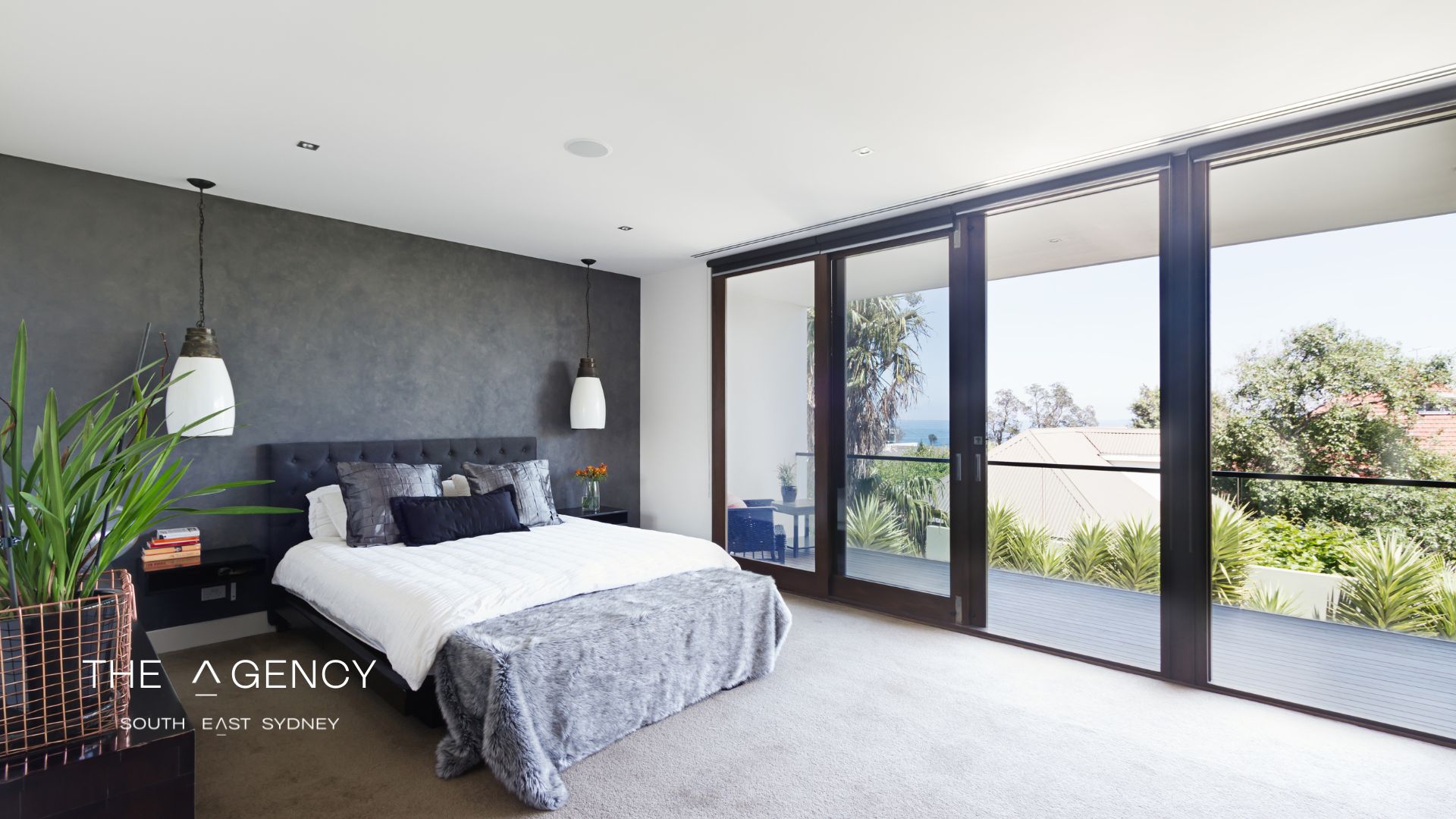 NSW Inflation Surge: Housing Costs Drive Interest Rate Concerns
NSW Inflation Surge: Housing Costs Drive Interest Rate Concerns
The recent surge in inflation across New South Wales (NSW) has raised eyebrows among economists and homeowners. This article delves into the inflationary trends in NSW, with a particular focus on housing costs and their potential impact on interest rates.
NSW Inflation: The Numbers
According to the latest data from the Australian Bureau of Statistics (ABS), NSW has experienced a significant increase in inflation. The Consumer Price Index (CPI) for Sydney, which serves as a key indicator for NSW, rose by 3.7% in the last quarter, surpassing the national average of 3.5% [1].
Housing: The Primary Inflation Driver
The housing market in NSW, particularly in Sydney, has been the main contributor to this inflationary pressure. The residential property price index in Sydney increased by 27.8% over the past year [2], significantly outpacing wage growth, which stood at just 2.2% [3].
Key factors influencing housing inflation in NSW include:
1. Limited supply of new housing
2. Increased demand due to population growth
3. Low interest rates encouraging property investment
4. Rising construction costs
The NSW Department of Planning and Environment reports that the state needs to build approximately 42,000 new homes annually to meet demand [4]. However, current construction rates are falling short, leading to upward pressure on prices.
Ripple Effects on the NSW Economy
The housing-driven inflation in NSW has far-reaching consequences:
1. Cost of Living: As housing costs rise, overall living expenses increase, affecting household budgets.
2. Rental Market: The median rent in Sydney has increased by 5.3% year-on-year [5], impacting renters and potentially driving more people towards home ownership.
3. Construction Industry: The booming housing market has led to increased activity in the construction sector, contributing to NSW’s economic growth.
4. Wealth Inequality: The rapid increase in housing prices is widening the wealth gap between property owners and non-owners, particularly affecting younger generations [6].
Interest Rates: The RBA’s Dilemma
The Reserve Bank of Australia (RBA) faces a challenging decision. With inflation in NSW and other states rising, there’s growing pressure to increase interest rates. However, the RBA must balance this against the risk of stifling economic recovery.
In its latest monetary policy statement, RBA Governor Philip Lowe noted: “The Board is committed to maintaining highly supportive monetary conditions to support a return to full employment in Australia and inflation consistent with the target. It will not increase the cash rate until actual inflation is sustainably within the 2 to 3 percent target range.” [7]
This statement suggests that while the RBA is monitoring the situation closely, it’s not yet ready to raise interest rates in response to what it may view as temporary inflationary pressures.
What This Means for NSW Residents
If interest rates increase in response to persistent inflation:
1. Mortgage holders in NSW may face higher repayments, particularly impacting those in Sydney’s expensive property market.
2. First-time homebuyers might find it more difficult to enter the market.
3. Renters could face increased pressure as landlords pass on higher mortgage costs.
4. Savers might benefit from higher interest rates on deposits, though higher living costs could offset these gains.
The Housing Affordability Crisis
The current inflationary trend is exacerbating NSW’s housing affordability crisis. The latest data shows that Sydney’s median house price has reached a record high of $1,410,133 [8]. This has pushed the city’s price-to-income ratio to 11.8, making Sydney one of the least affordable housing markets globally [9].
Preparing for Potential Changes
Given the current trends, NSW residents should consider:
1. Reviewing and potentially fixing their mortgage rates
2. Reassessing their budget to account for potential increases in housing costs
3. Exploring alternative investment options if priced out of the property market
4. Advocating for policy changes to address housing affordability
Government Response
The NSW government has introduced several initiatives to address housing affordability, including:
1. The First Home Buyer Choice scheme, allows eligible buyers to choose between paying stamp duty or an annual property tax [10].
2. Increased investment in social and affordable housing through the NSW Land and Housing Corporation [11].
3. Planning reforms to accelerate housing supply, including the introduction of new zoning for medium-density housing [12].
Conclusion
The housing-driven inflation in NSW presents significant challenges for the state’s economy and its residents. As the situation evolves, it’s crucial for individuals to stay informed and prepare for potential changes in both housing costs and interest rates. The interplay between inflation, housing costs, and interest rates will continue to shape NSW’s economic landscape in the coming years.
For the latest updates on NSW’s economic indicators and housing market trends, visit the NSW Government’s economic dashboard [13].
References:
[1] Australian Bureau of Statistics – Consumer Price Index, Australia
https://www.abs.gov.au/statistics/economy/price-indexes-and-inflation/consumer-price-index-australia
[2] Australian Bureau of Statistics – Residential Property Price Indexes: Eight Capital Cities
https://www.abs.gov.au/statistics/economy/price-indexes-and-inflation/residential-property-price-indexes-eight-capital-cities
[3] Australian Bureau of Statistics – Wage Price Index, Australia
https://www.abs.gov.au/statistics/economy/price-indexes-and-inflation/wage-price-index-australia
[4] NSW Department of Planning and Environment – Housing Supply Forecast
https://www.planning.nsw.gov.au/Research-and-Demography/Population-projections/Projections
[5] Domain Rent Report
https://www.domain.com.au/research/rental-report/
[6] Grattan Institute – Housing affordability: Re-imagining the Australian Dream
[7] Reserve Bank of Australia – Monetary Policy Decisions
https://www.rba.gov.au/monetary-policy/
[8] Domain House Price Report
https://www.domain.com.au/research/house-price-report/
[9] Demographia International Housing Affordability Survey
http://www.demographia.com/dhi.pdf
[10] NSW Government – First Home Buyer Choice
https://www.nsw.gov.au/initiative/first-home-buyer-choice
[11] NSW Land and Housing Corporation – Building more and better social housing
https://www.dpie.nsw.gov.au/land-and-housing-corporation
[12] NSW Department of Planning and Environment – Housing State Environmental Planning Policy
https://www.planning.nsw.gov.au/Policy-and-Legislation/Housing/Housing-SEPP
[13] NSW Government – NSW Economy: The Dashboard
https://www.treasury.nsw.gov.au/nsw-economy/about-nsw-economy/economic-dashboard
If you’re considering buying, selling, or renting property in the southeast suburbs of Sydney, don’t let the changing market conditions overwhelm you. Our team at Agency South Sydney is here to help navigate these challenging times.
With expert knowledge of the local property market and years of experience in the southeast Sydney area, we can provide tailored advice to suit your unique situation.
Whether you’re a first-time homebuyer, an investor, or looking to sell, we’re here to assist you in making informed decisions in this dynamic market.
Let us help you find your perfect property solution in Southeast Sydney!

NSW Inflation Surge: Housing Costs Drive Interest Rate Concerns


